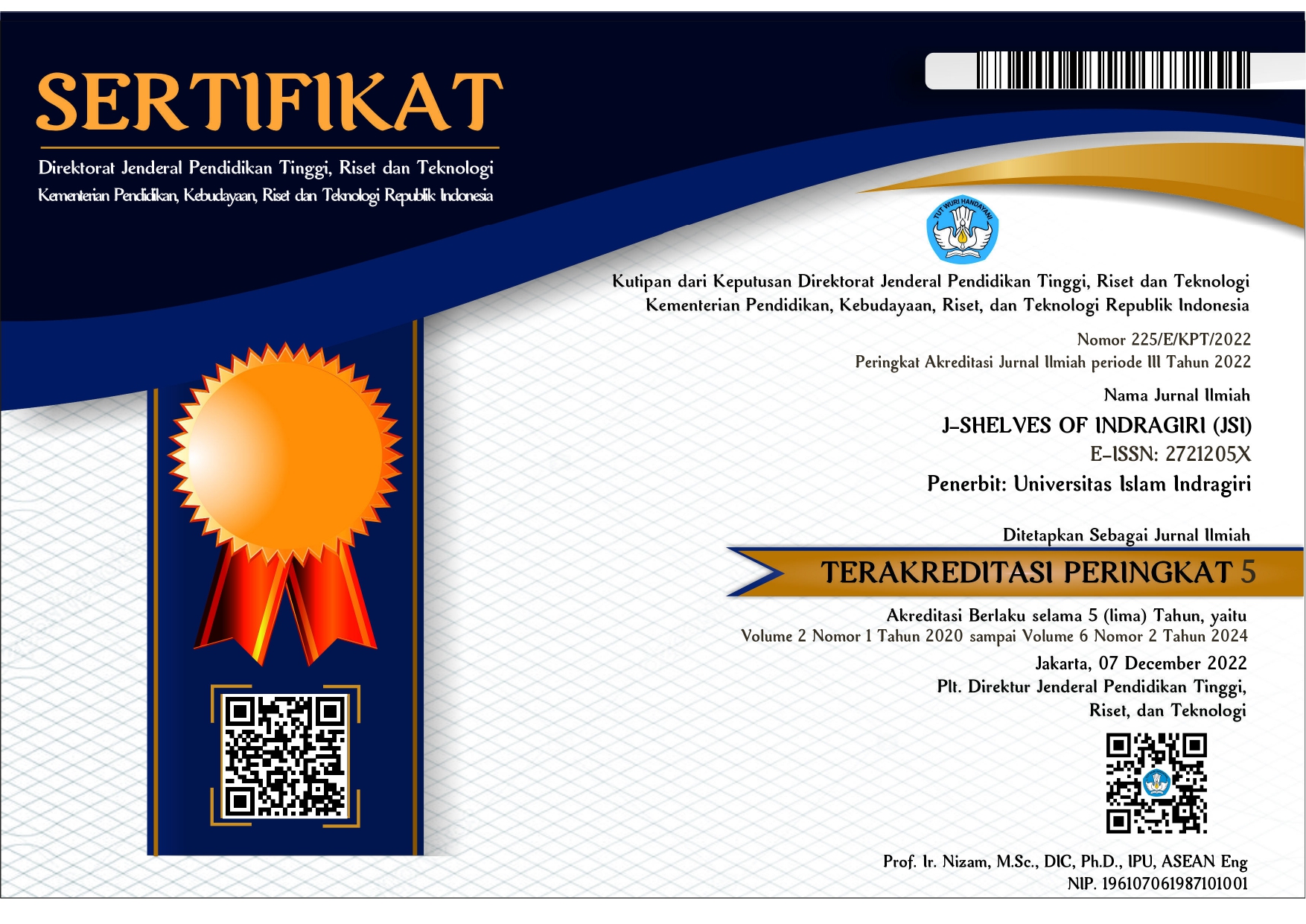STUDENTS’ PERCEPTIONS TOWARD LITERATURE CIRCLES AT SAMPOERNA SCHOOL OF EDUCATION: A STUDY ON STUDENTS OF THE ENGLISH LANGUAGE TEACHING DEPARTMENT
DOI:
https://doi.org/10.61672/jsi.v7i1.2957Keywords:
Literature Circles, EFL learners, Student perception , Collaborative learning, Reading comprehensionAbstract
The shift from teacher-centered to student-centered learning in the 21st century has demanded the development of essential skills such as collaboration, communication, critical thinking, and creativity. One learning strategy that fosters these skills is Literature Circles (LC). However, while LC has proven effective in various educational contexts, its implementation in English as Foreign Language (EFL) settings presents unique challenges, including language barriers and unfamiliarity with structured discussion roles. This study aims to explore students’ perceptions toward the use of LC as a collaborative reading strategy in an EFL context, specifically at the Sampoerna School of Education. A qualitative descriptive method was employed, involving classroom observations and semi-structured interviews with first-year English Language Teaching students who participated in LC sessions. Thematic analysis based on Feldman’s framework of perception (knowledge, experience, hope, and motivation) was used to code the data. The findings indicate that students generally have positive perceptions of LC. They view it as an engaging and beneficial strategy that enhances reading comprehension, vocabulary acquisition, and critical thinking. However, students also reported difficulties with certain roles and language-related challenges, which they overcame through peer support and simplified strategies. In conclusion, despite its challenges, Literature Circles can serve as an effective tool for fostering collaborative learning and improving literacy skills in EFL contexts when implemented with appropriate guidance and scaffolding.
Downloads
Published
Issue
Section
License
Copyright (c) 2025 Satria Dijaya

This work is licensed under a Creative Commons Attribution 4.0 International License.










